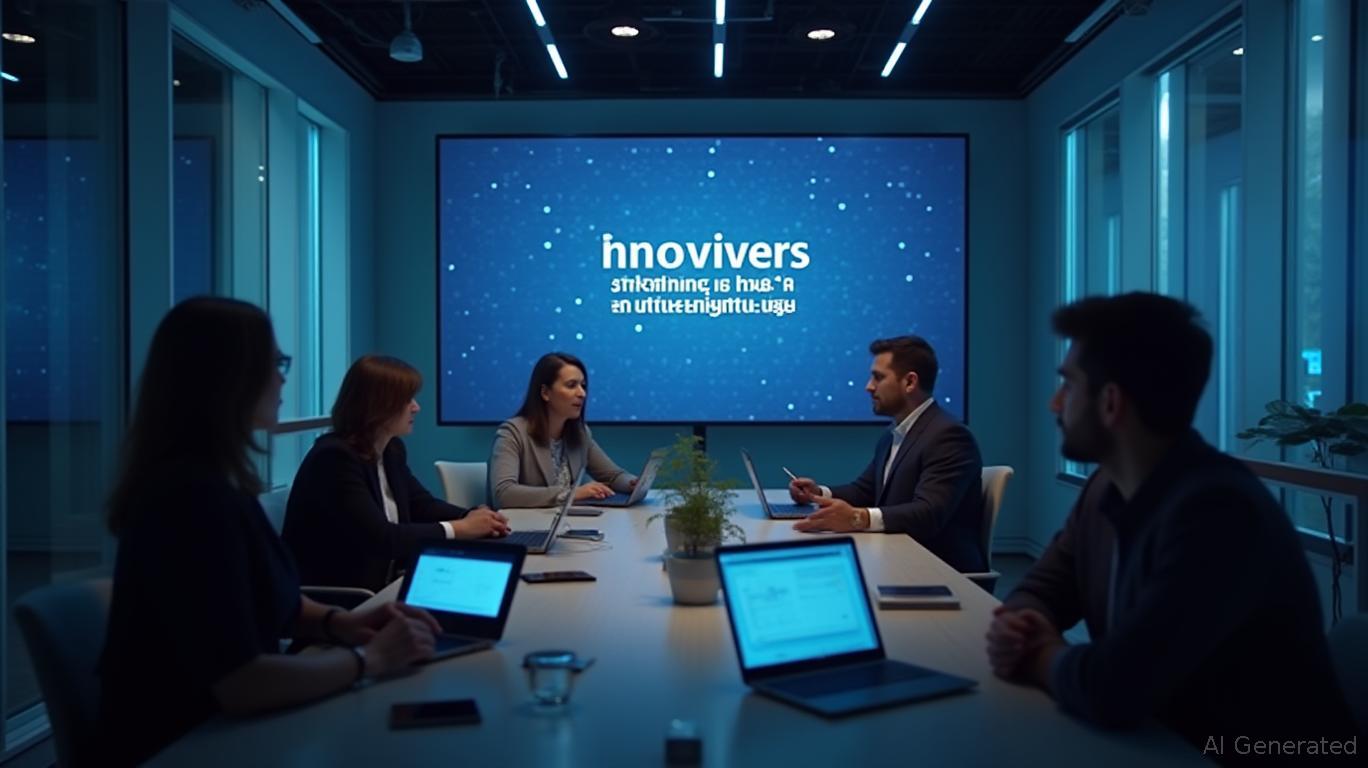Innovation is rapidly transforming the financial and technology industries, as organizations adopt cutting-edge verification solutions to enhance trust and transparency. These advancements are tackling new hurdles in cybersecurity, regulatory adherence, and digital asset oversight. Recent trends reveal a heightened focus on instant credibility assessments, privacy-centric authentication, and solid financial indicators, all of which are essential for building confidence in both established and emerging markets.
Among the standout breakthroughs is a recent development by Digitalage, an AI and social media firm, which has submitted a
patent
for a hardware-accelerated AI platform aimed at countering misinformation in real time. This platform leverages Application-Specific Integrated Circuits (ASICs) and Neural Processing Units (NPUs) to deliver analysis of text, video, audio, and images with latency below 20 milliseconds. Surpassing current standards in both speed and accuracy, this technology marks a major advancement in credibility assessment, especially as false information spreads swiftly online. Its self-adjusting capability to counter deepfakes and misinformation models—without the need for retraining—positions it to potentially set new benchmarks in media verification.
In digital asset protection, OKX, a top cryptocurrency platform, disclosed
$35.4 billion in reserves
as of September 2025, with its Proof of Reserves (PoR) verification now spanning 36 months. The exchange has also adopted zero-knowledge (ZK) verification, which has driven a 386% year-over-year surge in user participation. This evolution signals a wider movement among traders to use sophisticated tools for independently confirming asset security, moving away from solely depending on institutional assurances. OKX’s collaboration with Standard Chartered to safeguard institutional assets in the European Economic Area further integrates cryptocurrency with traditional finance, offering a hybrid approach that merges exchange liquidity with established banking safeguards.
Legacy financial organizations are also sharpening their verification processes through improved metrics and compliance systems. For example, Park National (PRK) delivered robust third-quarter 2025 results, outperforming Wall Street forecasts in both revenue and earnings, and achieving a better efficiency ratio, according to
Park National's Q3 earnings
. Similarly, Nucor (NUE) reported quarterly figures that surpassed expectations, fueled by increased steel prices and sales volumes, as detailed in
Nucor's Q3 earnings
. Transparent reporting of key metrics—such as net interest margins, efficiency ratios, and price-per-ton data—remains vital for sustaining investor confidence during periods of economic uncertainty.
Elsewhere, Ping Identity has enhanced its protection against AI-powered impersonation by acquiring
Keyless
, a pioneer in privacy-focused biometric authentication. Keyless’s technology, which can identify deepfakes in under 300 milliseconds, equips Ping Identity to better manage escalating fraud threats in both customer and workforce identity verification. The solution is designed to comply with global regulations such as GDPR and eIDAS 2.0, offering secure, password-free access while maintaining regulatory standards. This acquisition highlights the increasing overlap between AI and biometric security, where both privacy and rapid response are crucial for safeguarding digital identities.
As these technological advancements intersect, the financial and tech sectors are reshaping the concept of verification in today’s intricate digital world. From AI-powered credibility assessments to blockchain-backed reserves and advanced biometric authentication, the solutions being introduced are not only addressing present-day issues but also paving the way for a future where trust can be reliably established and scaled.
